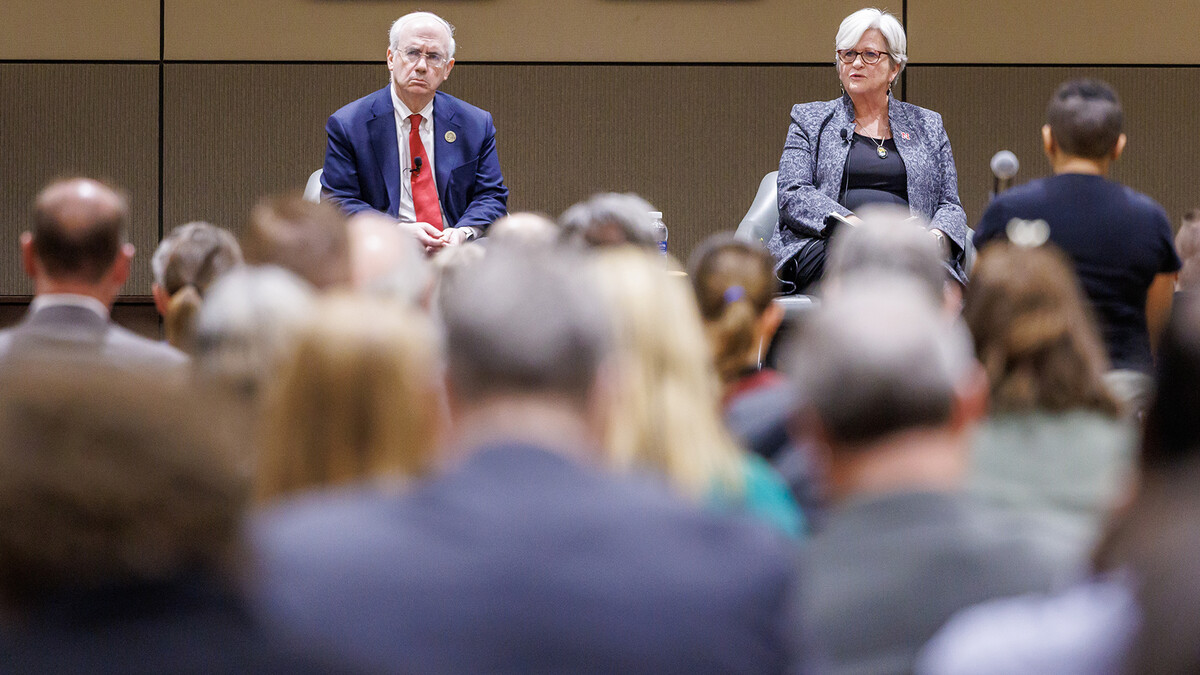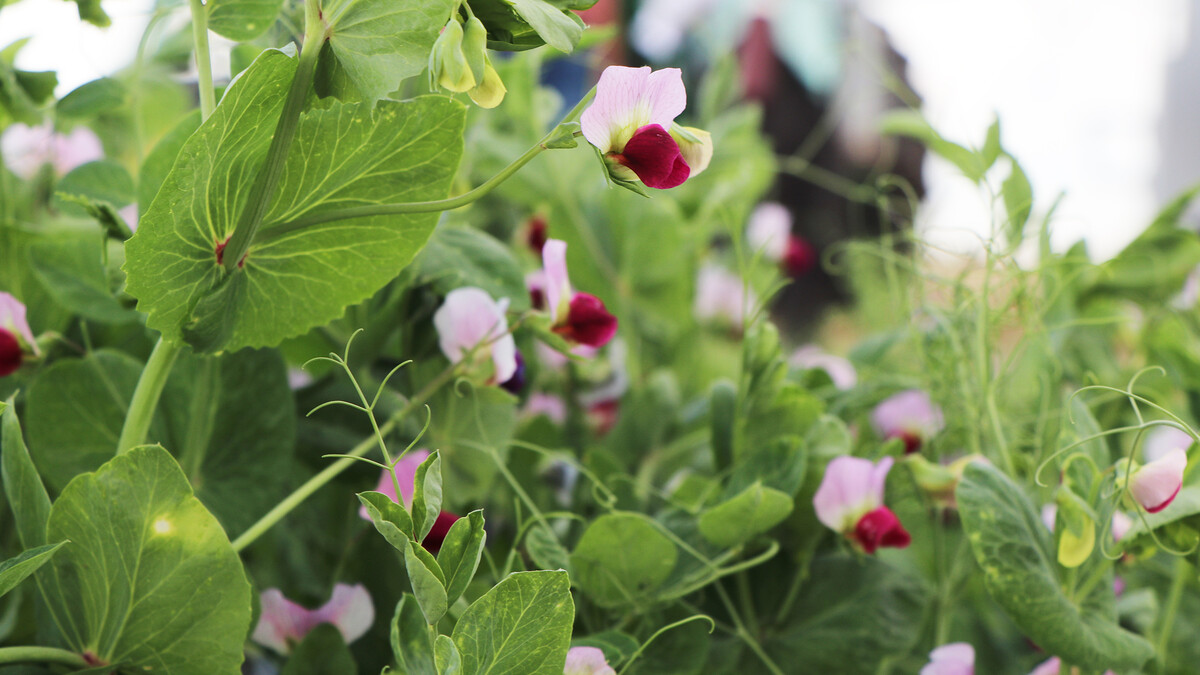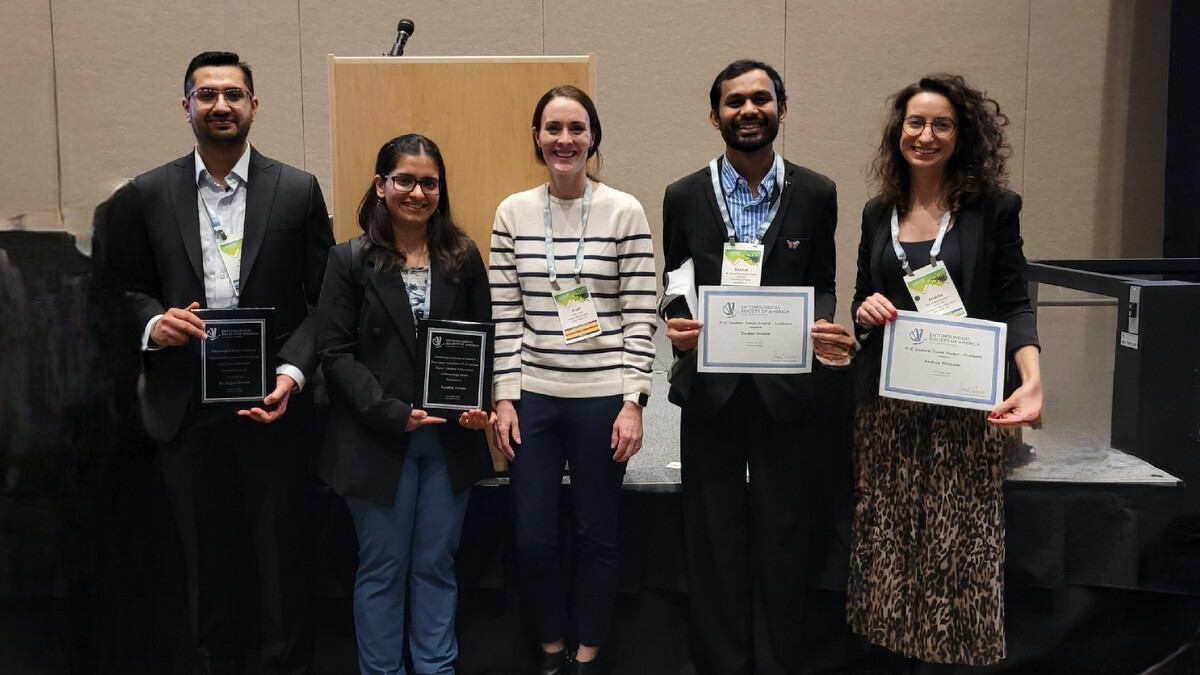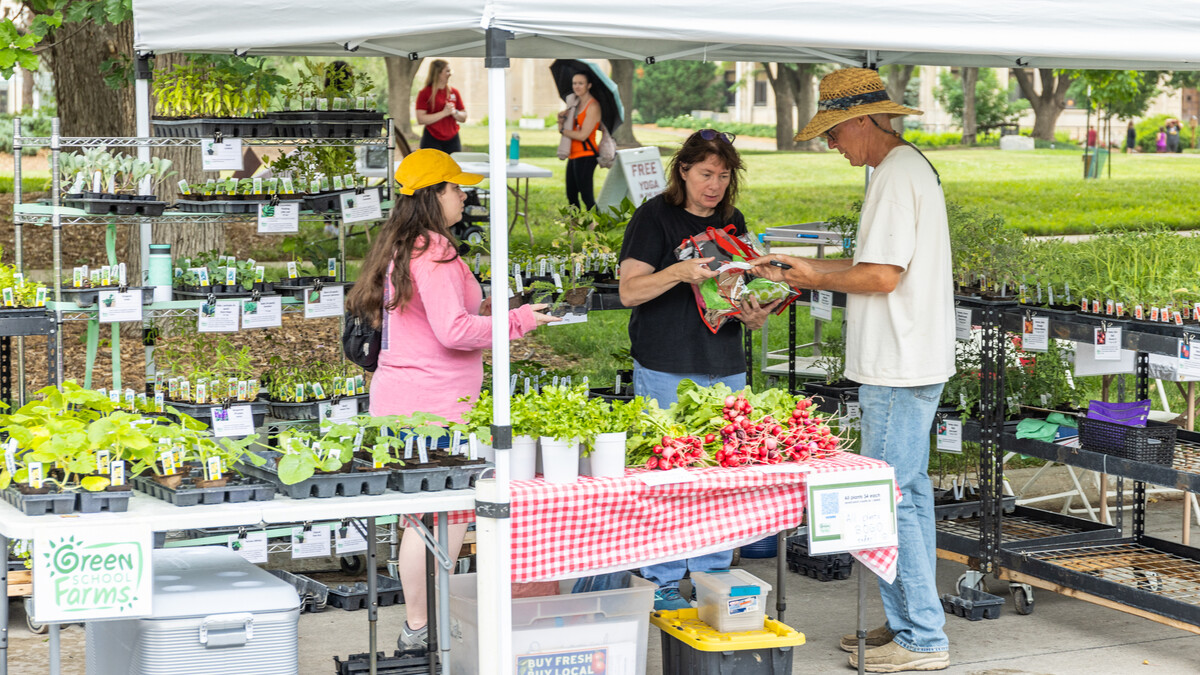Aug. 30, 2013
LINCOLN, Neb. — Garden perennials, such as purple coneflower, tall sedum and garden phlox add color and beauty to any landscape. To keep perennial plants healthy, gardeners should divide them every three to five years, and with winter just around the corner, now is a good time to get started, said Sarah Browning, a University of Nebraska-Lincoln extension educator.
"We usually have cooler, moderate temperatures in the fall with good rain and several months of growing time for root development before winter," Browning said. Plant roots continue to grow until the ground temperature reaches below 40 degrees.
Homeowners may have noticed dead sections in the middle of their perennials, along with decreased blooming, which are common indicators that a plant needs to be divided.
"When you are dividing a perennial, the goal is to remove any old, dead sections of the plant crown and divide in into several new divisions that you can replant in the garden," Browning said.
To divide plants, the preferred method is to dig up the plant and then cut the original crown into sections, Browning said. Make sure each section has at least one growing shoot. Bigger divisions result in faster plant recovery and blooming.
"You are trying to keep it in more of a young, juvenile state so that it is actively growing," Browning said. "The crown will get bigger and bigger every year."
Take care to prevent plant roots from drying out during the digging and dividing process, and water plants immediately after transplanting. After that, new plants need to be watered at least once a week for 3-4 weeks.
"Perennials need to stay well watered while they are trying to get reestablished," Browning said.
Finally, apply a 2-3 inch layer of wood chip mulch to hold moisture in the soil and keep plant roots cool.
For more information about dividing perennials, watch this YouTube video from UNL's Backyard Farmer at http://youtu.be/RuYW2Vj5JZ4.
Sarah BrowningExtension Educator
Lancaster County
402-441-7180
sbrowning2@unl.edu
Heather Haskins
Student Writer
Sandi Alswager Karstens
IANR News Service
402-472-3030
skarstens2@unl.edu







